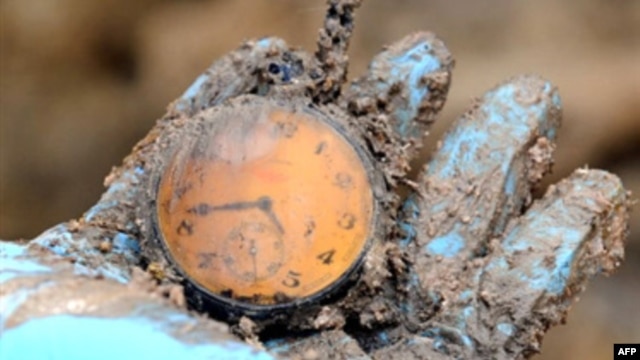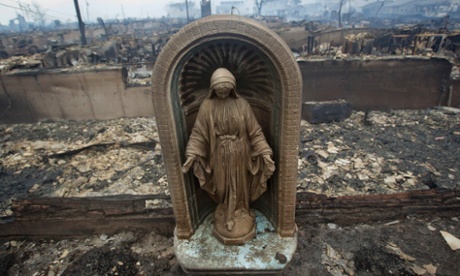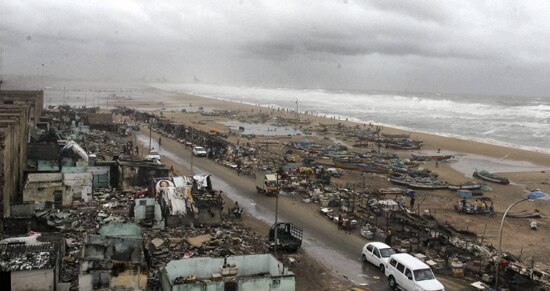Some 1,000 people protested Saturday in Pristina saying Kosovo should not restart talks with Serbia before it clarifies the fate of more than 1,700 people still missing from the 1999 conflict, Beta news agency reported in Belgrade.
"Before talks with Serbia can begin, we want all of the missing to be identified and their bodies returned," said Igbala Rogova of the Women‘s Network, one of the organizers of the protest.
The Vetevendosje party, the third-strongest group in parliament which strongly opposes any negotiations with Serbia before it recognizes Kosovo, joined the protest.
Kosovo is Serbia‘s mostly Albanian former province that declared independence in 2008. The area was the scene of an insurgency against Belgrade‘s rule in 1998-99 and Serbia‘s heavy-handed response that ended with NATO intervention.
During the conflict, Serb forces embarked on a campaign of terror, including mass expulsions and killings. In a bid to hide the crimes, Belgrade ordered the transport of hundreds of victims from Kosovo for secret burial in mass graves in Serbia proper.
Serbia‘s rejects Kosovo‘s secession, but has agreed to hold talks under European Union auspices.
The talks were interrupted in February after seven rounds because of Serbian general elections in May. They are expected to restart in November.
Serbia had vowed never to recognize the sovereignty of what it still regards as its territory.
But Kosovo Prime Minister Hashim Thaci said Saturday, during a visit to a highway construction site, that the EU-facilitated talks "will end with mutual recognition."
Sunday 4 november 2012
http://en.europeonline-magazine.eu/families-of-missing-kosovo-albanians-protest-at-talks-with-serbia_247270.html
"Before talks with Serbia can begin, we want all of the missing to be identified and their bodies returned," said Igbala Rogova of the Women‘s Network, one of the organizers of the protest.
The Vetevendosje party, the third-strongest group in parliament which strongly opposes any negotiations with Serbia before it recognizes Kosovo, joined the protest.
Kosovo is Serbia‘s mostly Albanian former province that declared independence in 2008. The area was the scene of an insurgency against Belgrade‘s rule in 1998-99 and Serbia‘s heavy-handed response that ended with NATO intervention.
During the conflict, Serb forces embarked on a campaign of terror, including mass expulsions and killings. In a bid to hide the crimes, Belgrade ordered the transport of hundreds of victims from Kosovo for secret burial in mass graves in Serbia proper.
Serbia‘s rejects Kosovo‘s secession, but has agreed to hold talks under European Union auspices.
The talks were interrupted in February after seven rounds because of Serbian general elections in May. They are expected to restart in November.
Serbia had vowed never to recognize the sovereignty of what it still regards as its territory.
But Kosovo Prime Minister Hashim Thaci said Saturday, during a visit to a highway construction site, that the EU-facilitated talks "will end with mutual recognition."
Sunday 4 november 2012
http://en.europeonline-magazine.eu/families-of-missing-kosovo-albanians-protest-at-talks-with-serbia_247270.html









